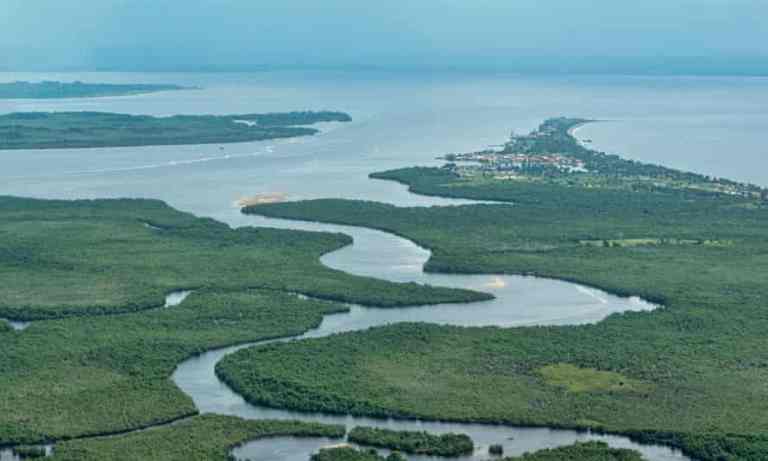
Two-day underwater avalanche sent mud 1,000km into ocean
The Guardian
Published:09 Jun 2021, 11:39 AM

Two-day underwater avalanche sent mud 1,000km into ocean
A vast underwater avalanche sent mud and sand more than 1,000km out into the ocean over the course of two days, rupturing submarine cables and disrupting internet traffic on Africa’s western coast, scientists have revealed.
The avalanche, the longest sediment flow ever recorded, travelled more than 1,100km from its source at the mouth of the Congo river along a deep ocean canyon, according to a new study. It took place in January 2020 but the data on it has only just emerged. The slide may have gone unnoticed on land had the telecommunications cables not been broken, slowing data traffic between Nigeria and South Africa. The event was also captured on devices that researchers had placed in the south Atlantic to measure the speed of currents and sediments. The sensors showed a flow of mud and sand accelerating from five metres per second to eight metres per second as it flooded out to sea. “We had a series of oceanographic moorings that were hit by the event, which broke them from their seafloor anchors so that they popped up to send us an email,” Professor Peter Talling from Durham University told the BBC. “This thing gradually got faster and faster. Because it erodes the seabed as it goes, it picks up sand and mud, which makes the flow denser and even quicker. So, it has this positive feedback where it can build and build and build,” he said.
The exceptionally long underwater avalanche, also known as a turbidity current, was triggered by the worst flooding in 50 years along the Congo river in late December 2019, which pushed lots of sand and mud to the river mouth, combined with unusually large spring tides two weeks later, according to a white paper. “The turbidity current we think was triggered at low water, at low tide,” Prof Dan Parsons from Hull University told the BBC. “As the loading of the ocean above declines, so you get a change in the pore water pressure within the sediment – and that’s what allows it to fail,” he said. “But first you have to load the dice by delivering the sediment. Then the tidal signature can kick everything off.” The researchers said their work represented the first detailed study of the powerful submarine turbidity currents that can break the seafloor cables that carry over 99% of global data traffic between continents. That includes the internet, financial trading, cloud data storage and voicemail services. The research, which involved scientists from the UK, Germany’s GEOMAR Helmholtz Centre for Ocean Research and France’s Institut Français de Recherche pour l’Exploitation de la MER, could help the underwater cable industry in planning where to lay cables, position repair ships and how to mitigate such events.